#History
Cruising Under The Radar: Rise of the Fuzzbuster
by Richard A. Ratay
In 1974, Congress passed legislation establishing the national highway speed limit of 55 mph. The original goal of the law was to conserve gas during the first OPEC Oil Crisis. Later, proponents of the lower limit argued it reduced highway fatalities. (Remember “55 Saves Lives”?) In time, studies showed the lower limit accomplished neither objective. It did, however, irk just about every driver across America.
Truckers were already equipped with their own means of skirting the new limit. Using their CB radios, long haul truck drivers kept each other informed about the whereabouts of “bear traps” and “Smokeys” lurking along the highways.
But drivers of automobiles sought their own weapon for combatting enforcement of the new lower speed limit. They found it in a device called “The Fuzzbuster.” Released a year before passage of the 55 mph National Maximum Speed Limit, the Fuzzbuster was the creation of Dale Smith, an Ohio driver who had earlier found himself seething at the side of the road after being nabbed in a police speed trap.
China Resurrects a Great Nameplate for a New Chevy: 'Cavalier'
No matter who you are or what status you hold in society, at some point in the past 34 years you did something in a Chevrolet Cavalier, and it was probably a lackluster experience (barring anything in the backseat, though even then…).
For reasons unknown, the nameplate that once summed up everything that was wrong with domestic compacts will return to the automotive landscape on a China-only Chevrolet model, GMInsideNews reports.
The Volkswagen Beetle Will Be Missed by People Who Weren't Planning on Buying One
Will there be a Green Mile edition?
The slow-selling Volkswagen Beetle is living on borrowed time, if a tweet by industry insider Autoline can be believed, but aside from nostalgia, why should the world mourn a vehicle that few buyers want?
In the wake of the disruptive and wildly expensive diesel emissions scandal, Volkswagen needs sales in a big way, and they’re not getting them from the Beetle. Seven months out from the diesel revelations, Volkswagen’s sales are still dropping, and the Beetle’s popularity with buyers has all the power of, well, an original Beetle engine.
Burt Reynolds Approves of This Teenage Fantasy Turned Real
Ungodly horsepower and unbridled car lust? Check. Gaudy awesome lettering and badges? Check. (Optional) Disco era moustaches? Check.
If you’re triggered by anything that isn’t subdued, then the Trans Am SE Bandit Edition is definitely not a safe space.
Trans Am Depot, the Tallahassee-based creator of custom-built Trans Ams (using 5th-generation Chevrolet Camaros as a canvas), is out to satisfy 77 lucky buyers who yearn for the heady days of the late 1970s.
Jaguar XKSS to Rise From the Ashes
When fire destroyed Jaguar’s Browns Lane plant on Feb. 12, 1957, nine of the 25 existing XKSS models were consumed by flames. The spartan roadster — a road going version of the famous D-type race car — went on to become a legend and the remaining 16 examples are among the most valuable collector cars on the market.
Now, the lost nine are going to rise from the ashes, as Jaguar plans to use their serial numbers on a limited run of exact replicas, mirroring last year’s E-type Lightweight.
BMW Looks to Future, Hopes Predictions Don't Instantly Become Dated
It’s BMW Group’s centenary — and except for some problematic stuff in the late 1930s and early ’40s, it’s been a great 100 years.
Rather than gaze wistfully at the past, BMW is spending its birthday looking into the future and imagining what marvelous things might lie ahead. Naturally, one of those things will be a BMW, and, lo and behold, here’s a futuristic concept!
The BMW Vision Next 100 concept was unveiled in Munich on March 7 and was designed with an autonomous future in mind, one where individuality remains a selling point with buyers.
Driving Mrs. Dillman: The Tale of the Round Door Rolls-Royce
I’ve tangentially touched on the topic of this post, the famous art deco “Round Door Rolls-Royce”, before when discussing Audi advertising and some Detroit history. On my recent trip to Los Angeles to drive a McLaren 675LT (you think Jack Baruth is the only TTAC staffer who can swing the loan of a supercar?), I took the opportunity to visit the newly renovated Petersen Automotive Museum and the unusually bodied Rolls happened to be on display right where you walk into the building.
It’s a striking looking car, to say the least, and a multiple show winner undoubtedly worthy of historical note. Almost more interesting than the car, though, is the way its tale is presented and what that teaches us about the way ideas get entrenched, how a single facet of a story can obscure its context.
When Legend Becomes Fact: The Bugatti From the Lake
Every car has a story. In the case of this 1925 Bugatti Type 22 Brescia Roadster, it has two. Both are good stories. One, however, is the stuff of legend, and the other closer to historical truth.
Ford Motor Co. Invests $4.5B in EVs, a Century After Henry Ford Gave Up On Electric Cars
The first Ford electric car, 1914
Ford Motor Company recently announced that it will be investing more than $4.5 billion over the next five years into its electric vehicle program and that it will have 13 electric vehicles on sale by 2020. The announcement follows the Ford company’s original investment in EV technology and the first Ford electric cars by 102 years.
Hopefully, the current spending will yield more fruitful results than did Henry Ford’s original look into EVs more than a century ago.
Why Automotive Circles Still Use The Word 'Jap' - And That Might Be OK
The email had all the stopping power of a fart at an office Christmas party.
“TEAM JAPSPEED DRIFT TEAM TO RETURN TO AUTOSPORT INTERNATIONAL”
“Were they returning from 1943?” I wondered. How could any team be named “Jap” anything in 2015?
As it turns out, there are a lot of automotive-related companies and events with the prefix Jap. JapFest, JapAuto, JapSpeed. JustJap. Uh, huh.
I mean, “Jap” is still a bad word, right?
A Selective History Of Minitrucks, Part Two: The Empire Strikes Back, Then Gives Up
In Part One of this minitruckin’ history, we covered how the Big 3 provided their dealers with “captive import” minitrucks from Mazda, Isuzu, and Mitsubishi during the Seventies. By 1975 or thereabouts, both GM and Ford were convinced that the small-pickup market was not a fad and began digging their own products out of the parts bin.
The Chevrolet S-10/GMC S-15 was a sort of truck version of the A-body (later G-body) intermediate. While it’s not dimensionally identical to the older sedans, it’s possible to swap much of the running gear between those two vehicles, particularly ahead of the firewall. The Ford Ranger arrived a few months after the S-10, a few inches smaller in most dimensions and looking remarkably ungainly compared to its sleek GM competitor. Those of you who followed the minitrucking hobby in the Nineties will recall that the Ranger was conspicuous by its absence; “domestic” minitruckers were almost exclusively loyal to the S-10/S-15. Part of that was due to the Twin-I-Beam’s reluctance to accept a lowering kit and/or airbags, but much of it was the Ranger’s hokey, hick-ish appearance compared to the S-10.
So what did that mean for the captive import trucks?
A Selective History of Captive Minitrucks, Part One: When America Couldn't Compete
I was having a conversation with a female friend a few weeks ago and she admitted to having “fooled around” in no fewer than four different brands of minitrucks during the Nineties and Oughties. I suppose in her case that would be the Noughties — but that’s besides the point. I should also mention that the fourth “minitruck” was really a Colorado, and the incident in question happened fairly recently.
“There’s always some kind of stick shift in the way, in those little trucks, you know?” she said.
“Those are the little crosses that empowered young women have to bear,” was my response.
The conversation could have gone in any number of directions from there, but where it actually went was to A Brief Discussion Of Mini-Trucks In America, 1970-2010. I thought it might be a conversation worth having with all of you, as well, because it showcases a rather unique phenomenon in American automotive history.
Competition and the US Auto Industry: The View From 1992
Few experts would have predicted that an all new American car could have matched the first year reliability of the Toyotas and Hondas, the best of the Japanese. Yet General Motors’ Saturn did just that, according to the April Consumer Reports.
On top of that, the car has all the practical appeal of the old Volkswagen Beetle. The plastic body panels are built to take parking lot abuse without denting or scratching. But damaged panels can be replaced easily and inexpensively. How many people does it take to change a headlight on a Saturn? Just one, and it’s as easy as changing a lightbulb.
Volkswagen Says EVs 'Key Part' of Its Future (If History Doesn't Repeat Itself)
A Volkswagen of America spokesman said Tuesday that electric, plug-in hybrid and hybrid cars would be a “key part” of the automaker’s research and development strategy after CEO Matthias Müller told 20,000 workers in Wolfsburg that it would postpone or cancel other projects that weren’t critical to sales.
“Electrification, whether full EV, PHEV, or HEV, is a key part of our strategy long term in order to meet worldwide (greenhouse gas) targets,” a Volkswagen spokesman told TTAC on Tuesday.
In 2014, Volkswagen spent $13.5 billion on research and development — more than any other company in all sectors. However, that budget could be severely restricted as the automaker prepares to pay billions for software that cheated emissions tests.
Volkswagen could be looking for ways to not repeat history, when a 1960s lawsuit from Tatra crippled development well into the 1980s.
"I'm Here to See Mr. Ford" - A Detroit Story
Henry Ford as a young man, circa 1883
One of my editors once described researching a topic as “falling down a rabbit hole.” Four hours later, you end up far afield from the 1963 Whizbang X500 you started with. You never know what you’ll discover that could be new to you or your readers.
While tracking down details on the 1:10 scale 1939 Lincoln Continental styling model that sat on the desk of Edsel Ford —whose idea the Continental was — I heard a great story involving his father, Henry, and the clay modeler, Larry Wilson, who later discovered Edsel’s Continental clay styling model forgotten in storage.
It’s a true story about a 15-year-old boy who took a train ride to ask Henry Ford for a job and, as far as I know, it’s never been published before.



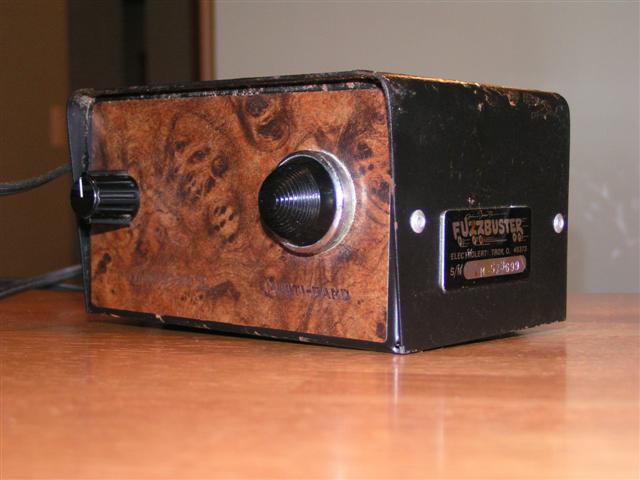
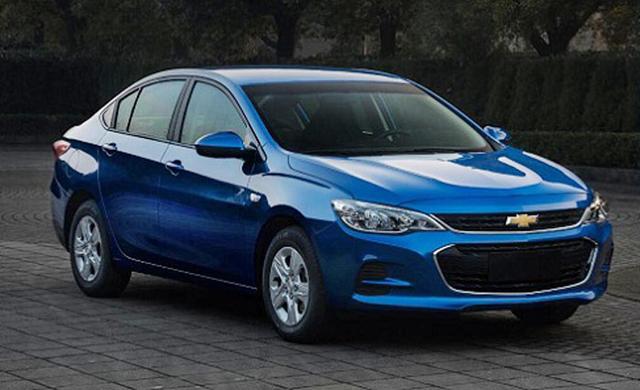
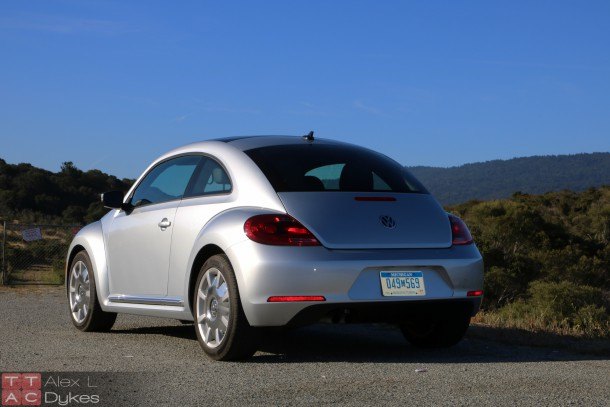


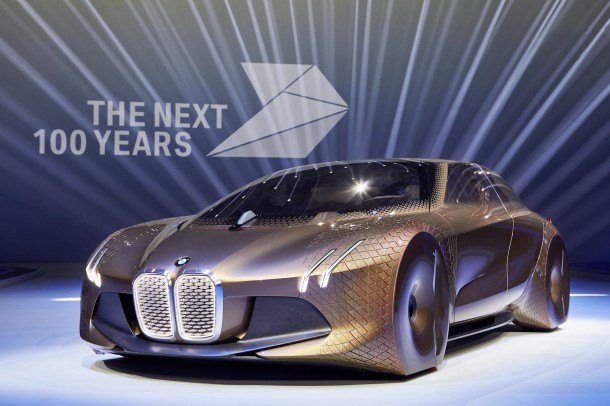
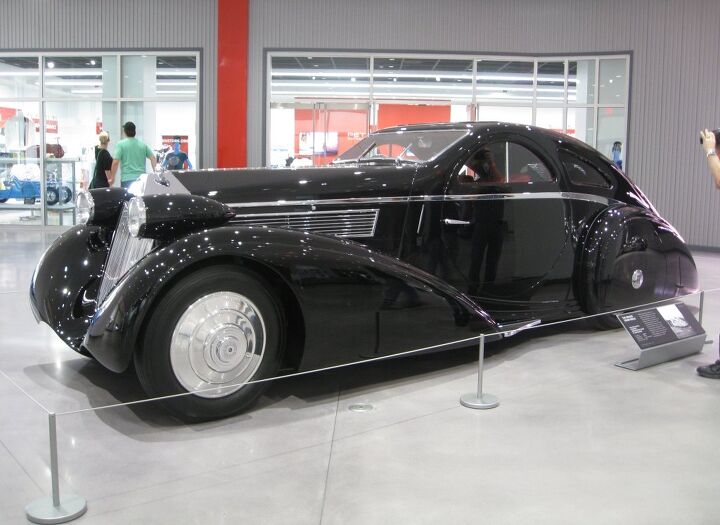
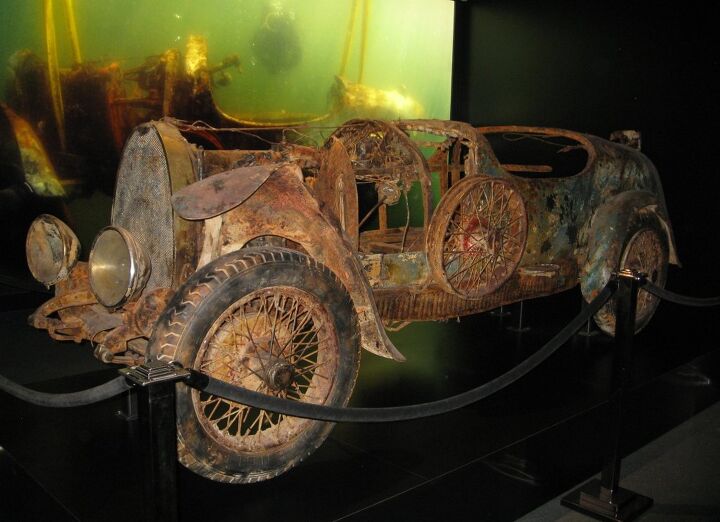
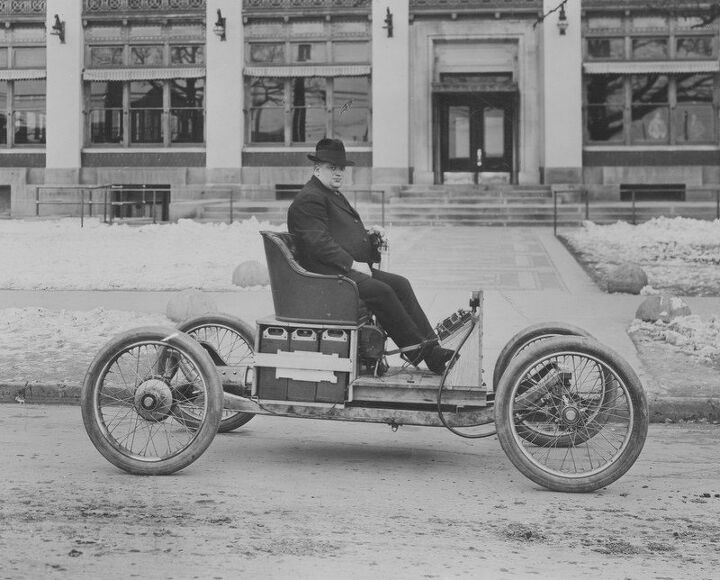

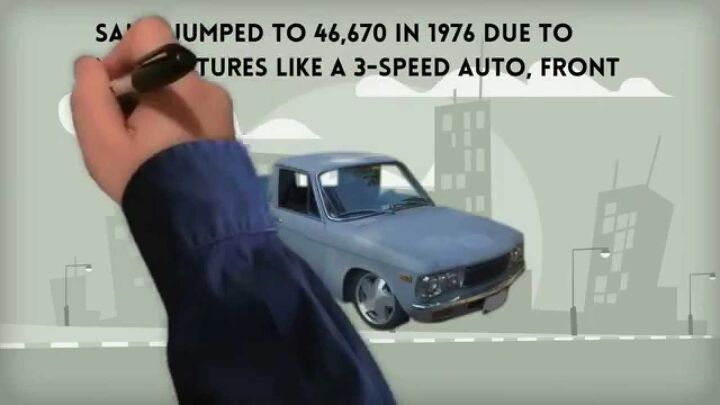

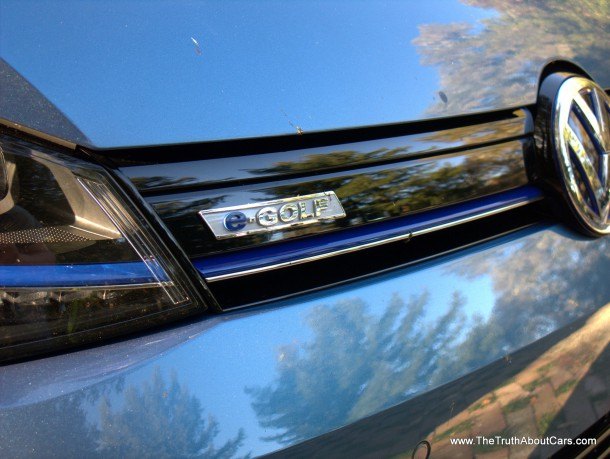













Recent Comments